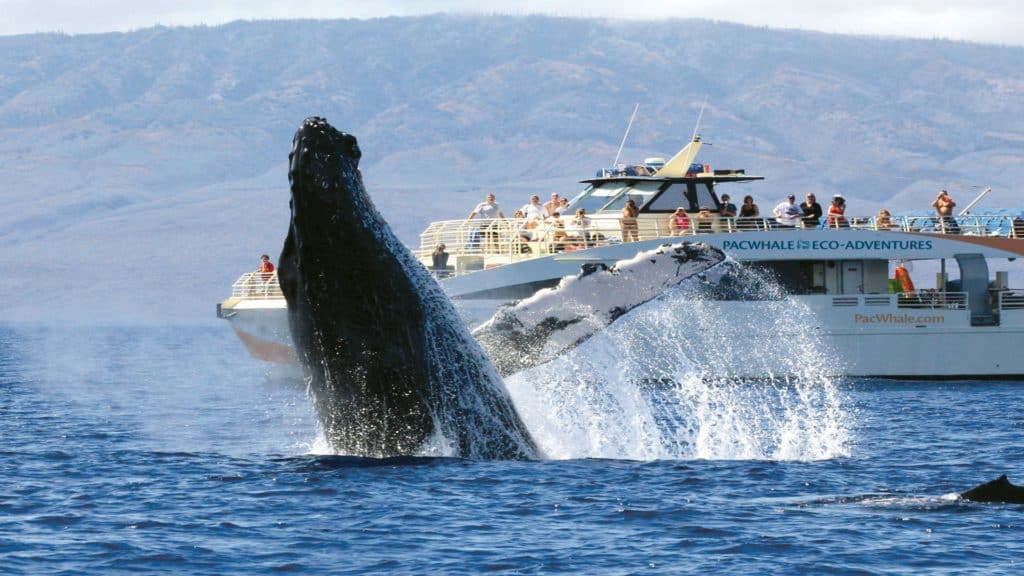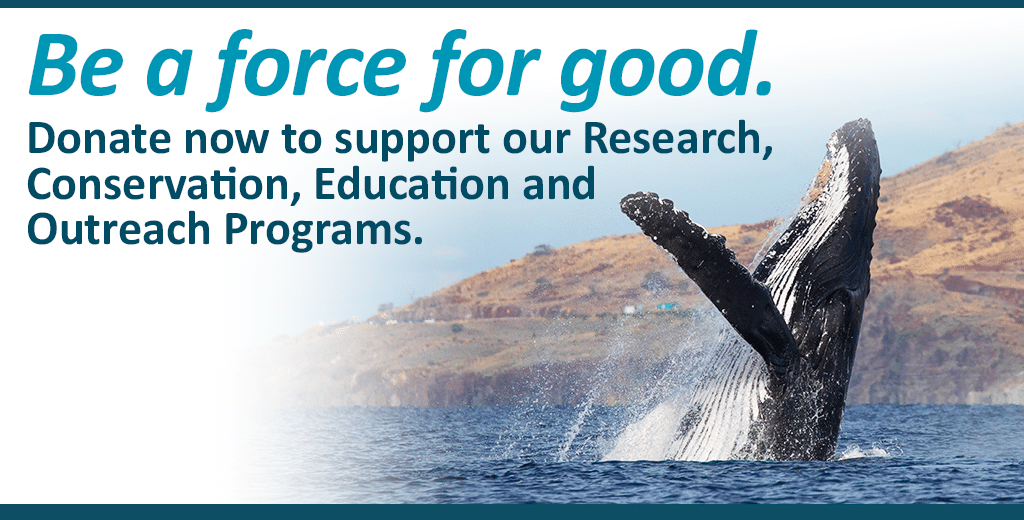Author: Conservation Coordinator Shelby Serra
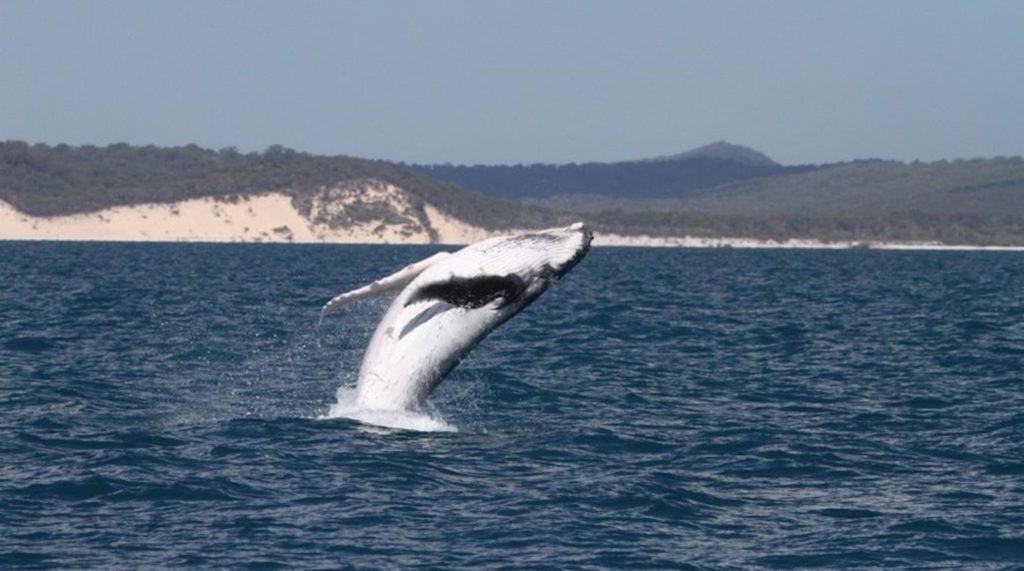
Intimately observing a humpback whale breach or a mother lovingly shepherd her calf below the brine is a once-in-a-lifetime experience rich with promise. As discussed in the previous installment of this series, commercial whale watching is a lucrative industry that can help inspire environmental stewardship when paired with a robust environmental interpretation program and conscientious operators in compliance with guidelines designed to limit adverse impacts to the animals involved. The voluntary nature of such guidelines can be problematic when perceived as mere suggestions rather than science-driven directives, thereby diluting the need to comply. Fortunately, states, governments and conservation organizations have stepped up efforts in recent years to solidify and enforce comprehensive reforms in marine wildlife protections with respect to public viewing.
Marine Mammal Protection Act
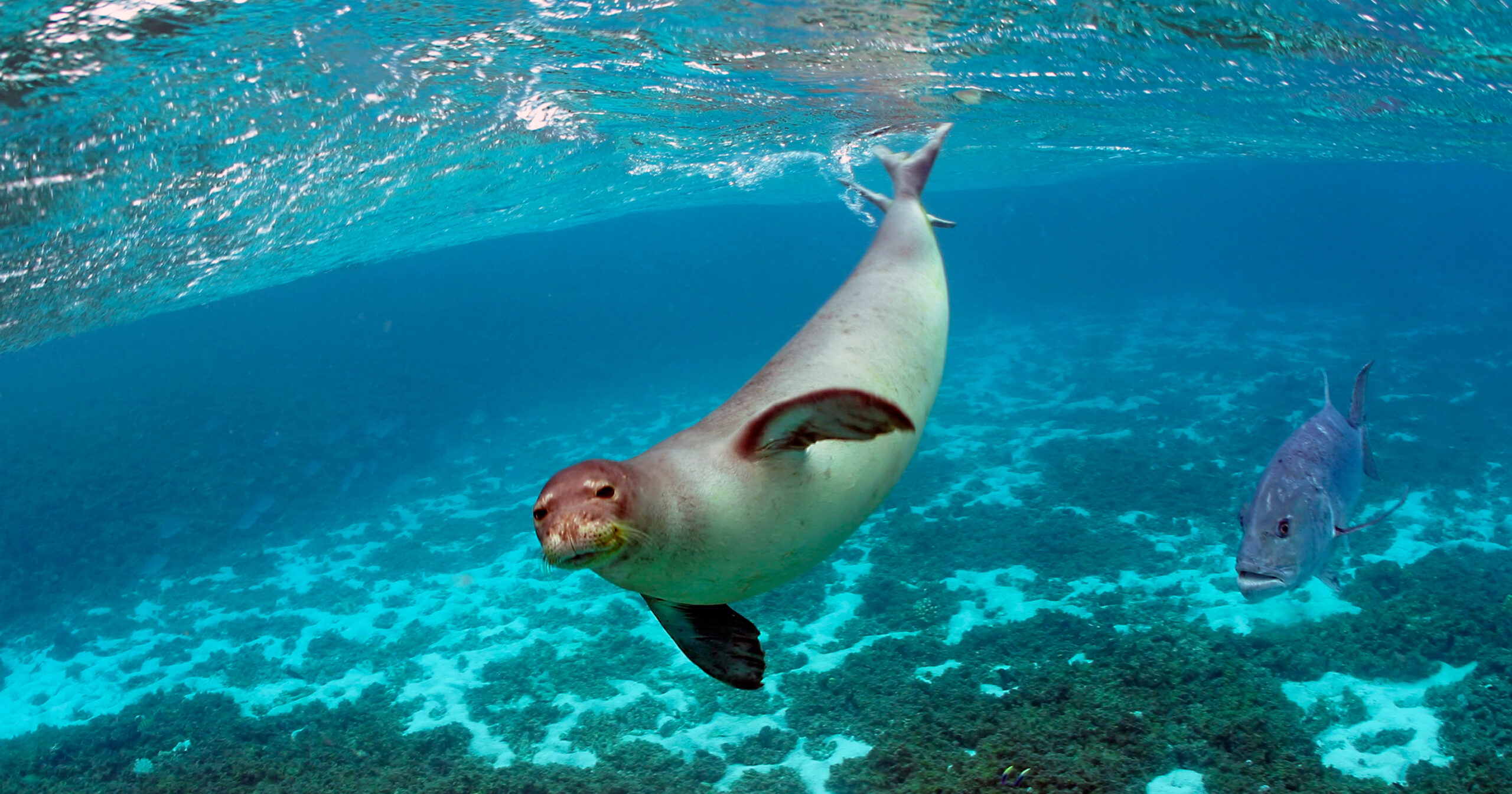
In 1972, Congress passed the Marine Mammal Protection Act (MMPA) after data revealed that certain species and population stocks of marine mammals were in danger of extinction due to human activity. The governing body demanded immediate measures taken to replenish any species already diminished and the commencement of studies to gain a deeper understanding of marine mammals and their habitats (NOAA). This was the first legislation to mandate an ecosystem-based approach to marine resource management. It is one of the strongest — if not the strongest — marine mammal protection statues in the world.
Included in the MMPA’s pioneering legislation was a moratorium on the take and importation of marine mammals and marine mammal products. The term “take,” as defined by the Act, means to (or attempt to) harass, hunt, capture or kill any marine mammal. It is important to note that the MMPA itself contains provisions that apply directly to the commercial fishing industry as a way to mitigate bycatch. For the purposes of this blog series, however, we will be looking at pieces directly relevant to the commercial whale-watching industry.
Despite being created nearly 50 years ago, the MMPA was quite innovative for its time. This was the first legislation that included protections for population stocks as opposed to exclusively species-specific protections. This means that the Act protects groups of marine mammals known to interbreed within a common spatial arrangement — a more holistic, ecosystem-based approach to marine conservation than existed previously. In addition, the MMPA directs federal agencies to seek changes in international agreements in a display of global cooperation while recognizing the importance of adaptation in an ever-changing world.
Who decides what harassment is and how to avoid it?

The National Oceananic and Atmospheric Adminstration (NOAA Fisheries) enforces prohibitions outlined in the MMPA that protect whales and dolphins from irresponsible whale-watching operations. The laws set forth by this agency stipulate specific federal regulations for select vulnerable populations of whales. The law outlines policies to protect humpbacks, orcas and North Atlantic right whales (NOAA). Vessels must take extra care when in the presence of humpback whales in Alaskan and Hawaiian waters (feeding and breeding grounds, respectively), enforcing a 100-yard approach limit as well as prohibitions on other behavior disruption by vessels. Similarly, federal law requires vessels to remain 200 yards away from killer whales in Washington state inland waters, and 500 yards away from North Atlantic right whales anywhere in U.S. waters (NOAA), due to their endangered and critically endangered conservation statuses, respectively (IUCN).
In addition to the recommended 100-yard approach guideline for all large whales, NOAA Fisheries stipulates guidelines that require wildlife viewers to remain at least 50 yards away from dolphins. In some locations, however, the minimum distance may be 100 yards. To support these regulations and guidelines, NOAA Fisheries website features myriad scientific papers confirming that boat-based human interactions with marine mammals in the wild can disrupt the animals’ normal behavior and activities. Additionally, there are a host of critically important operator guidelines that PWFs follows and advocates for that are not covered in federal regulations. We will address our own research and guidelines in a future installment of this series.
What about education?
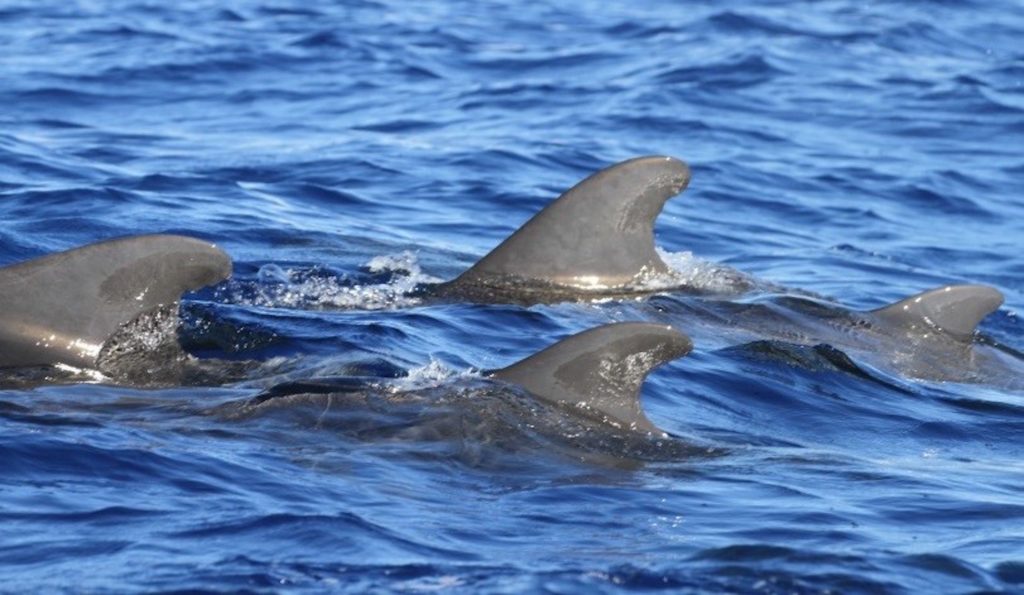
While these laws work to protect whales and dolphins, they have little efficacy if operators or viewers are unaware of their existence. This begs the question: When it comes to regulations and guidelines, how does education factor in?
NOAA Fisheries has endorsed a series of public awareness campaigns to inform the public about safe and proper interactions with marine wildlife. These campaigns alone indicate, at a federal level, the importance of education in responsible whale-watching activities. For example, due to additional federal regulations on orca whales in Washington state, NOAA’s site leads visitors to a page entitled “Be Whale Wise” that stipulates local laws pertaining to orcas and provides additional guidelines that will “make you a safer boater and a steward of [their] natural resources.” Several studies suggest that marine wildlife tours with a strong educational focus can ignite pro-environmental attitudes and beliefs among participants (Zeppel).
Another additional resource for people to learn from is the “See a Spout, Watch Out!” campaign. The efficacy of this campaign lies in mnemonic devices that help operators and the public easily digest rules for keeping whales safe. Phrases such as, “Lots of Boats, Then Talk to Folks!” directs operators to call other boats watching to coordinate safe viewing efforts. Some of these devices can also assist the public in interpretating whale behavior and biology. For example, “Avoid Trouble, Steer Clear of Bubbles” not only helps guide operators, but it provides an understanding of what bubbles mean in the context of a whale’s world. Through this resource, people can become better informed about why the law exists and why boater and operator compliance is critical to the involved animal’s survival.
Whether they are clever rhymes or attractive illustrations, these educational campaigns help further NOAA’s enforcement with regulation and ensure operator compliance, visitor education and whale safety. In an upcoming installment, we explore international responsible whale-watching industries. Stay tuned!
Sources:
- NOAA Fisheries fisheries.noaa.gov/topic/marine-mammal-protection
- International Union for Conservation of Nature Red List of Threatened Species iucnredlist.org
- Zeppel, Heather, and Sue Muloin. “Conservation Benefits of Interpretation on Marine Wildlife Tours.” Human Dimensions of Wildlife, vol. 13, no. 4, 2008, pp. 280–294

